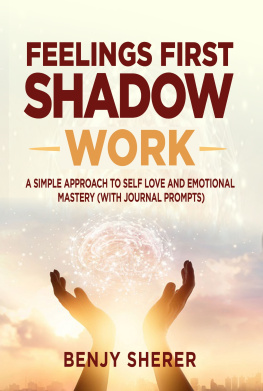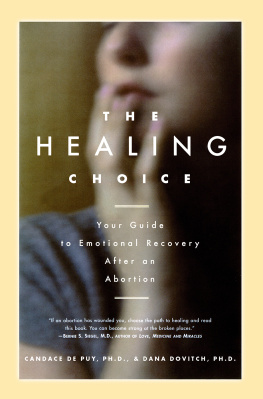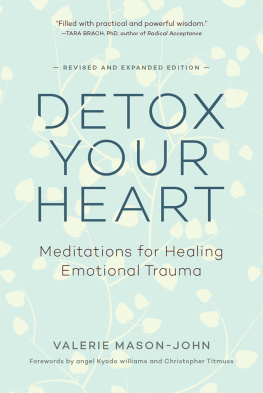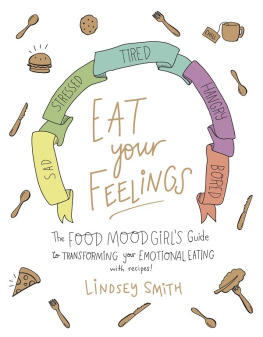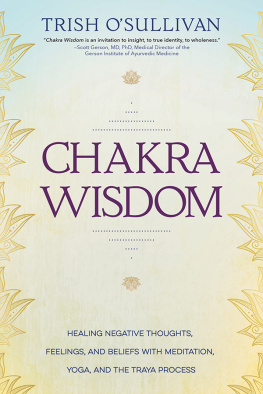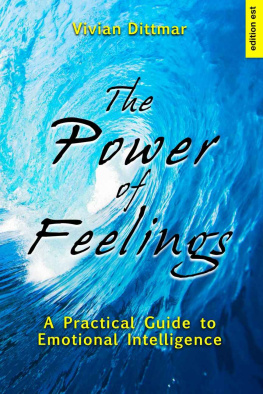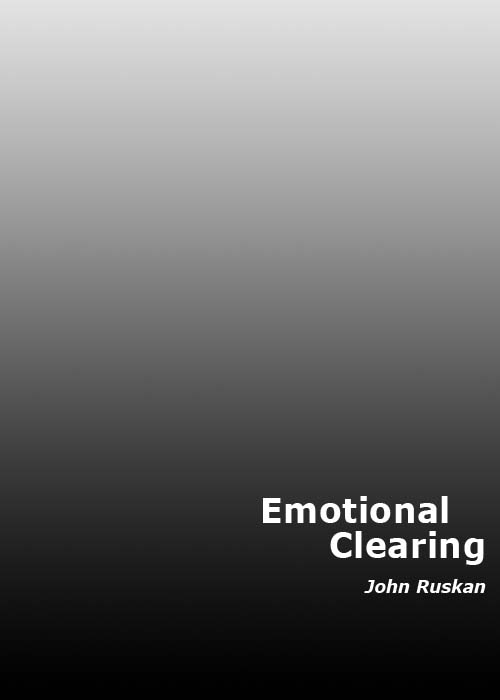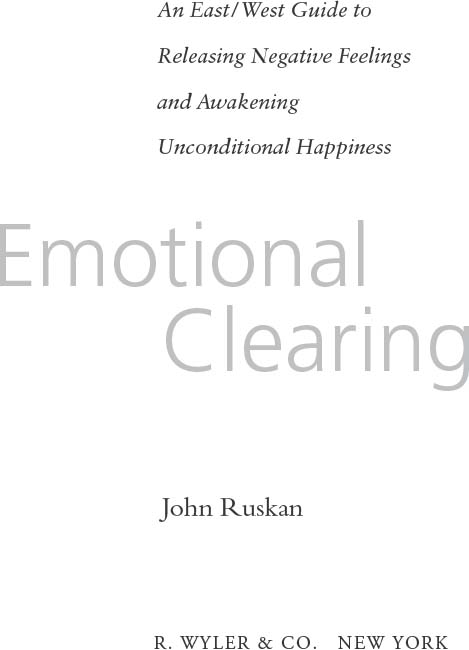EMOTIONAL CLEARING by John Ruskan
Copyright 2003 John Ruskan
All rights reserved. Printed in the United States of America. No part of this book may be reproduced or transmitted in any form or by any means, electronic or mechanical, including photocopying, recording, or by any information storage and retrieval system, without written permission from the publisher.
ISBN 0-9629295-3-0
Published by R. Wyler & Co. 2003
email: rwyler@emclear.com
Library of Congress Cataloging-in-Publication Data:
Ruskan, John.
Emotional clearing : an east/west guide to releasing negative feelings and awakening unconditional happiness / John Ruskan.
p. cm.
Includes bibliographical references and index.
ISBN 0-9629295-3-0 (pbk.)
1. Psychology. 2. Emotions.
3. Meditation. 4. East/West Psychology
CIP 93 - 221606
Publishing history:
Original tradepaper edition published by R. Wyler & Co. 1993
Random House / Broadway Books hardbound edition 2000
Contents
dedicated to
spiritual seekers
everywhere
Acknowledgments
I would like to extend my most heartfelt appreciation to the people who have helped me in the crystallizing of this book
The Kriya Yoga tradition and the spiritual master Babaji, for my first guidance on the path.
Gurudev Amrit Desai and his ashram family of 198788, for showing me how to love myself and for being the inspiration for this book.
Therapists who have provided invaluable support for the book: Martha Crampton, Robert Hall, Richard Moss, Sharry Rose, Hazel Stanley.
The growing family of Emotional Clearing Facilitators, who are bringing life to the work.
Editors Peter Gault and Tony Hoffman, for helping make the manuscript into a book.
Readers from all over the world who, during the past years, have found this book to be of value as they have traveled the often difficult spiritual path.
Disclaimer
T he author of this book does not presume to offer psychological therapy or advocate the use of any technique for the treatment of any specific or traumatic psychological condition without the approval and guidance of a qualified psychologist. The intent of the author is only to relate his personal experience in the hope that it may help you in your quest for emotional and spiritual health. If you use any of the information as a form of self-therapy, the author and publisher assume no responsibility for your actions.
Preface
T hroughout my years of involvement in the spiritual and healing communities, I have noticed something that has prompted the writing of this book: Many people who are earnest seekers after spiritual growth tend to be unfamiliar with the methods or the importance of working with the emotional component of the psyche. They as well as myself for a long while in the past approach inner growth by concentrating only on the higher idealistic aspects that they hope to develop, such as love, and ignore the more unpleasant emotional aspects of the self. Often there is a tremendous gap in awareness about the emotional self and even the assumption that the emotions are not really important. At the same time, those involved in psychological therapy, where emotional healing is the main concern, often cannot see how to combine spiritual arts with inner work.
The premise of this book is that no real growth into higher consciousness can occur unless working with the emotions becomes a central part of inner work. Moreover, I hope to show that working with emotion as well as feeling in general can become a most vital and even primary path to self-realization, enabling us to release the inner forces that keep us blocked and from our full potential.
This book is the product of the merging of two cultural, intellectual, and spiritual traditions. As I have worked, I have felt these two lines of tradition meeting in my thoughts and then converging into the writing, like a prism in reverse. Like female and male, mother and father, yin and yang, each element has been necessary to fully actualize the other. In the broadest terms, the East has represented the mother the mystical, nurturing connection to the inner source of spiritual replenishment, healing, and growth. The West has represented the father the rational intellect, the organizing, pragmatic principle that gives form and structure to the healing force.
What has resulted is not a comparison or analysis of these two ways but a synthesis. It has been my intention to show how both paths may be unified into a single approach that will provide a system of self-work that can be followed intellectually and will lead to an opening of the Heart. I feel that this approach can be vital for us of the West in our quest for spiritual wholeness and resolution of the ever-present pain of existence.
If this book, my gift to you, can be of any value to you, you have in turn helped me as well as all of us, because the pain you feel is not only your pain but the pain of the world. Separateness is an illusion. When you heal yourself, you heal the world.
I wish you continual fulfillment in every aspect of your life. I wish you the wisdom to make the most of the limitless possibilities that life offers. Most important, I wish you the power to activate the love and healing that lie so close within.
Emotional Clearing first appeared in consciousness bookstores in 1993 as a self-published book. It was one of the first books of the decade to identify the vital importance of releasing negative feelings as a key part of spiritual growth. I am pleased that the audience it has found has been steadily growing. In this latest edition I have extended the sections on meditation, practice, depression, the correlation between chakras and feelings, and have updated and clarified the writing wherever I felt it was needed.
John Ruskan
New York, 2003
I understand that my love for myself is the
greatest possession I will ever have. Love
for myself comes into being only when I
accept and experience my feelings as they
are, at this very moment, both pleasant
and unpleasant. As I welcome my painful
self, it heals. Loving myself provides the
power for transformation.
INTRODUCTION
The Art of Loving Yourself
P eople sometimes envy the artists life. They feel the artists life is an exciting one, expressing the instinct to break free. The artist is seen as struggling with the essential problems of human existence, facing those issues within, and bringing them into concrete expression. The courage to engage in the inner confrontation is admired. I know I felt like this before deciding to devote much of my time to the understanding and practice of art. It is one reason I became an artist.
The real artist one who is truly exploring issues of the self and not just exploiting a technique is operating on a high level of consciousness. Artistic expression comes from the Creative center of consciousness, which, in Eastern psychology, is even higher than the Heart, accounting for the unusually intense experience of the artist.
Artists can run into problems with their work, however. Often problems begin when the artist tries to establish a sense of social identity and acceptance through the art. The motivation shifts from pure self-expression to concern with whatever is being gained from the work. The shift of motivation can be subtle but still can result in hampered creativity and eventual self-defeat.


